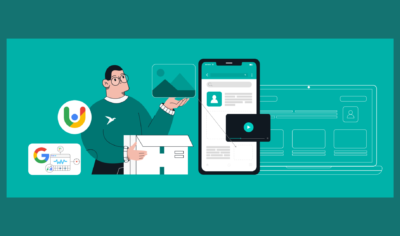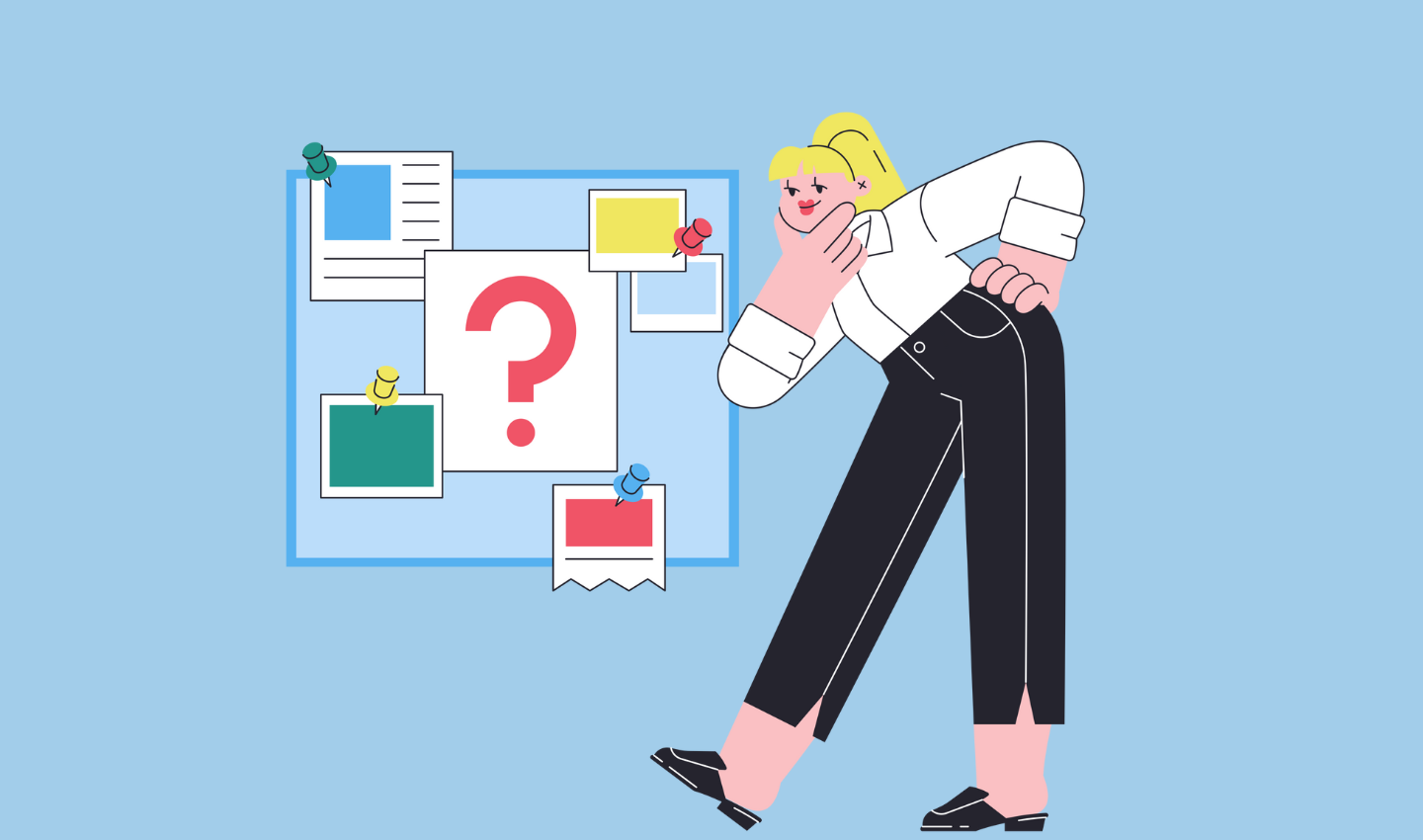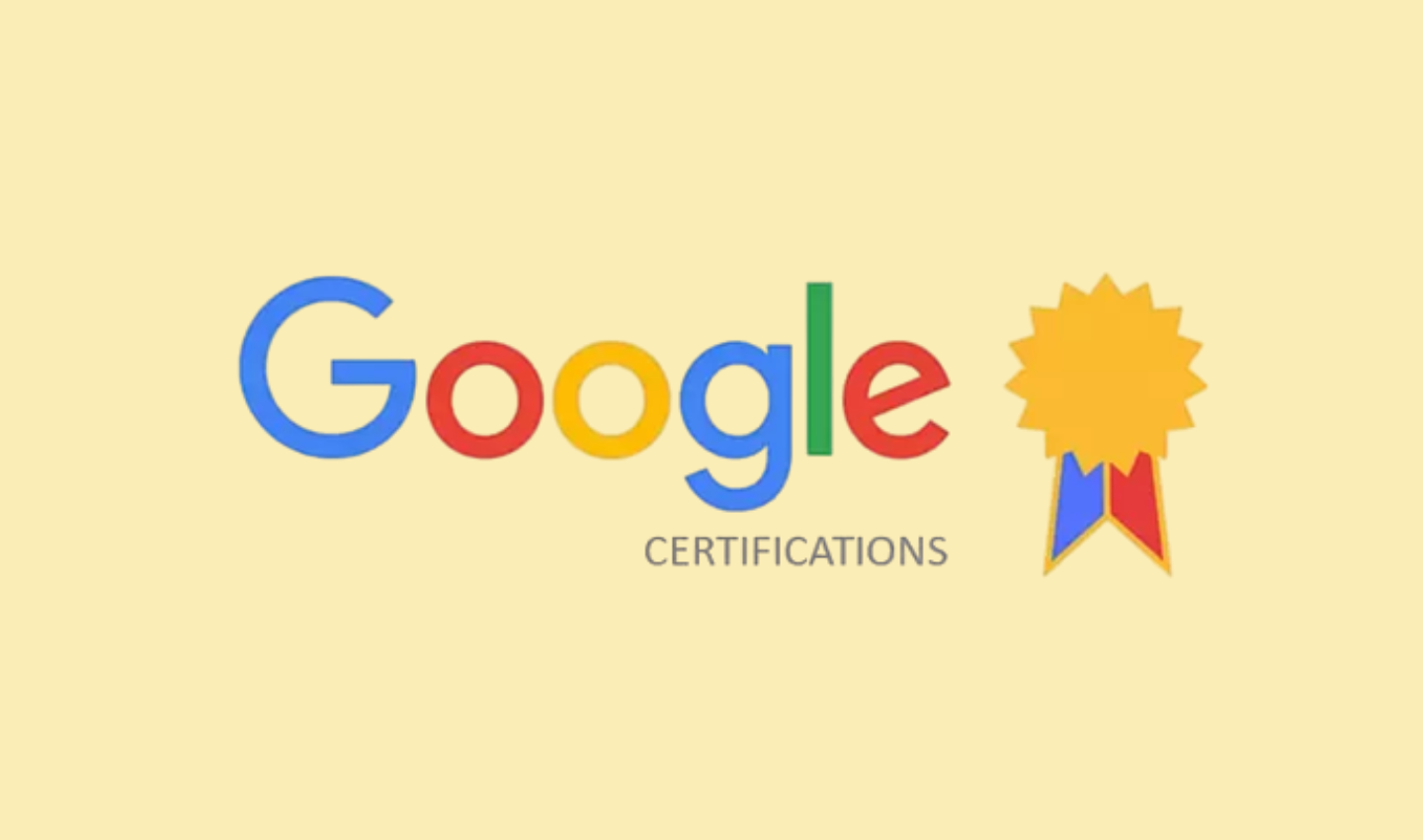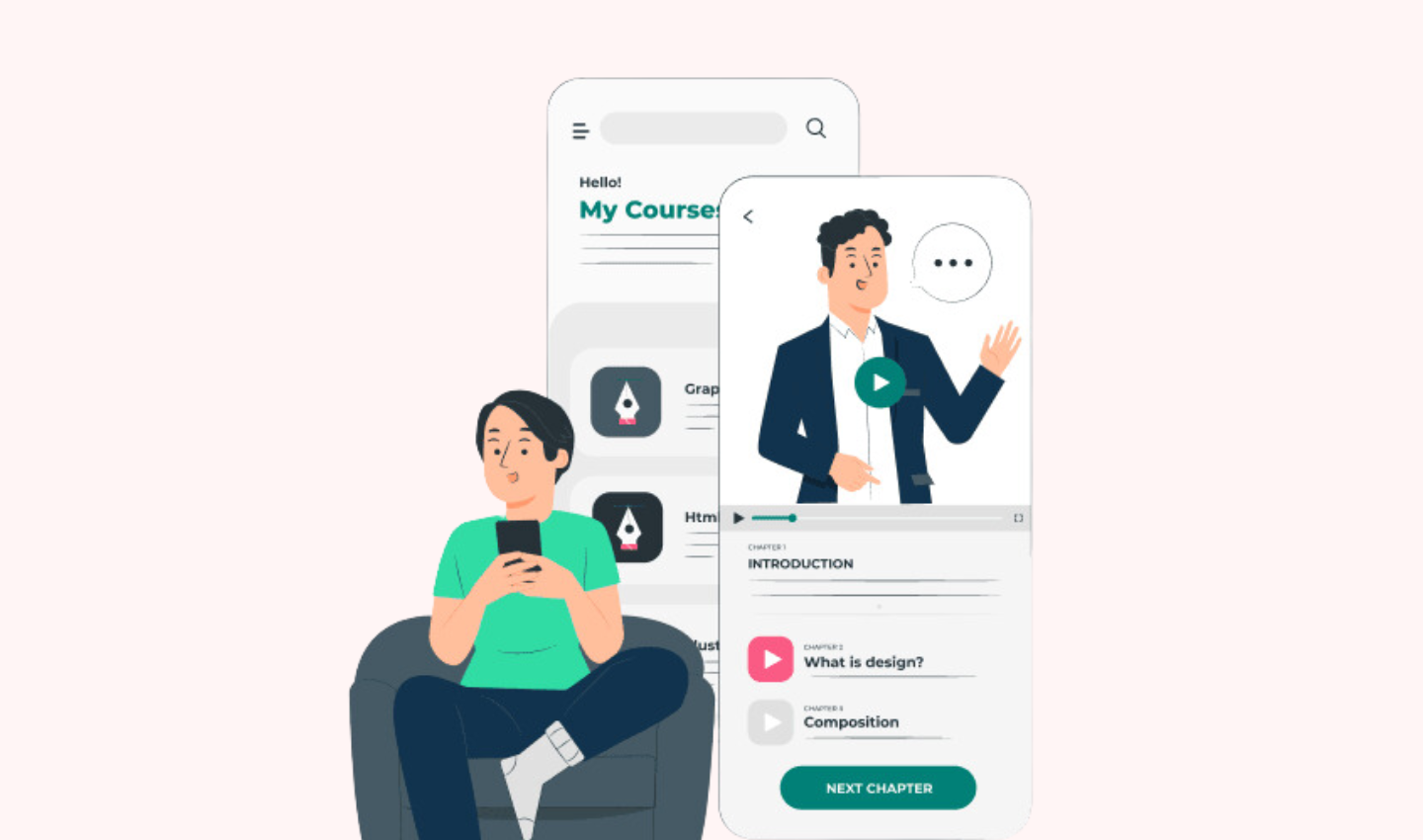
The Rise of No-Code in EdTech: How Educators Are Building Interactive Learning Experiences
The Rise of No-Code in EdTech: How Educators Are Building Interactive Learning Experiences
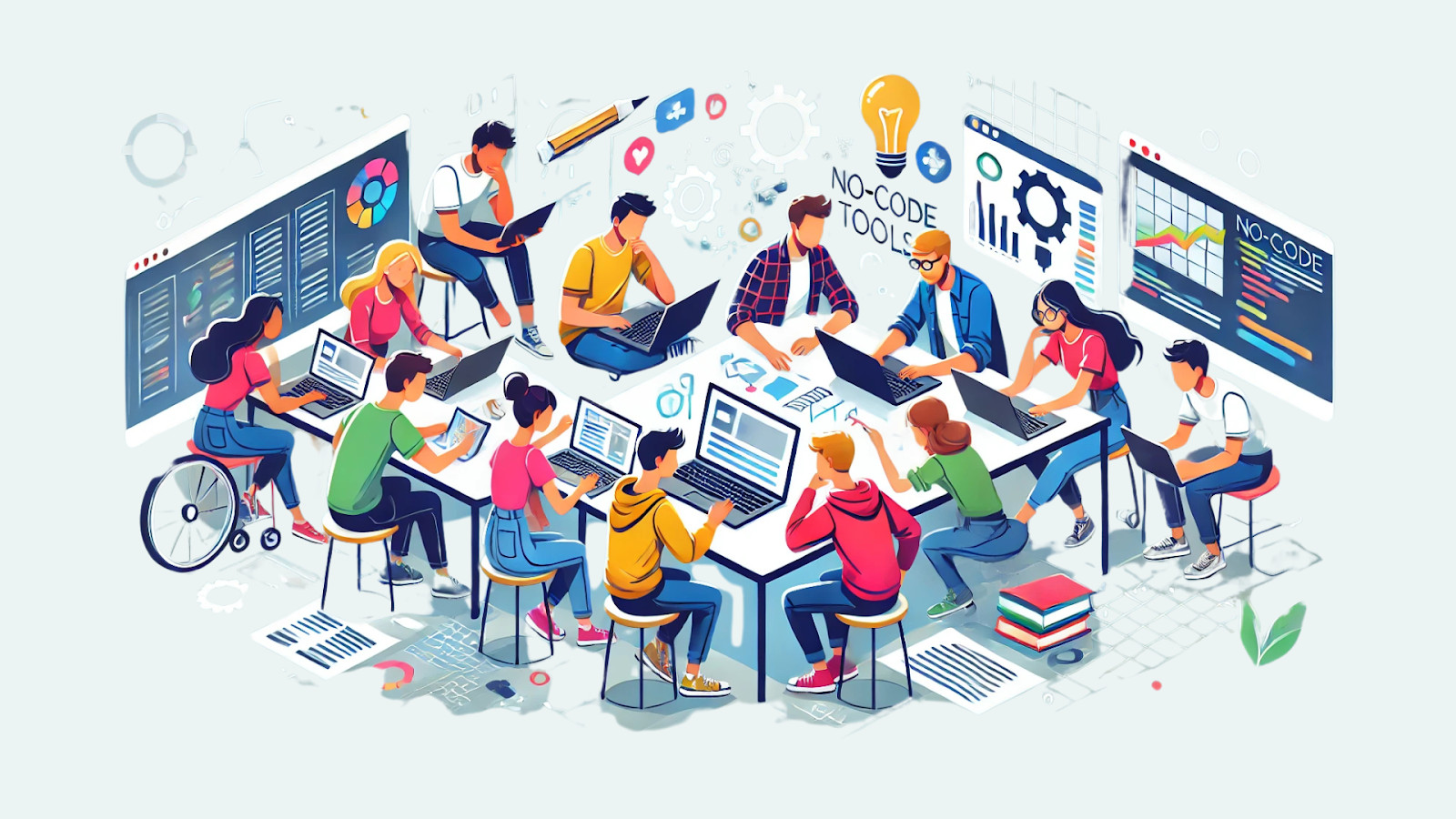
Imagine you’re a teacher with a vision: interactive quizzes, personalized dashboards, even a dedicated app where students can track their progress in real-time. In the past, bringing this vision to life would mean coordinating with a development team, navigating a hefty budget, and waiting weeks—or even months—for the final product. Now, thanks to no-code platforms, that vision can be achieved quickly, affordably, and by anyone, no coding required.
No-code tools are reshaping education, enabling teachers, professors, and institutions to create digital learning experiences that are engaging, efficient, and tailored to students’ needs. From classrooms to online courses, educators worldwide are embracing no-code to unlock new teaching possibilities. In this article, we’ll dive into what no-code is, why it’s transforming education, and how educators are already using it to create customized learning experiences. By the end, you’ll understand how this technology is democratizing EdTech, making it easier for all educators to bring their creative ideas to life.
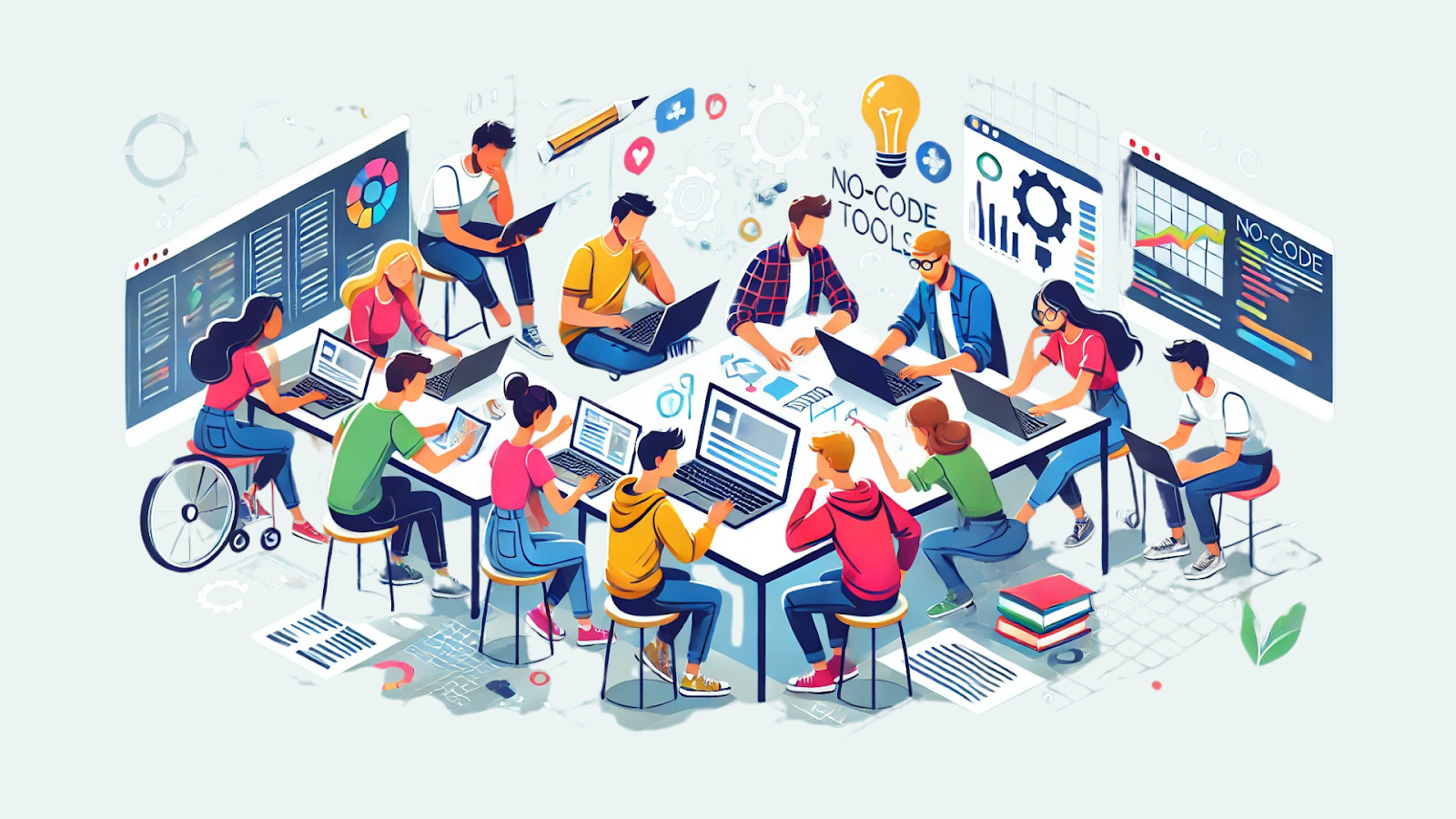
Table of Contents
What is No-Code and Why is It a Game Changer in EdTech?
No-code platforms are software tools that allow people to create applications, websites, and digital content without writing a single line of code. Instead of programming, users can drag and drop elements, use pre-built templates, and integrate functions to design and deploy their creations. These platforms are designed to be intuitive and accessible, making it possible for users—even those without technical backgrounds—to create digital experiences.
How No-Code Works
Think of no-code platforms as a digital toolkit full of building blocks. Each block represents a feature or function, like a button, form, or interactive quiz. By dragging and dropping these elements, educators can piece together a custom-built app, website, or digital activity. No-code platforms make it easy to rearrange, edit, and publish content in real time, so educators can try out new ideas without needing to bring in a developer.
Why It’s Revolutionary in Education
No-code is changing the game in education by making technology accessible to everyone. Previously, teachers who wanted to create digital tools had to rel on developers and technical teams, a process that took time and money. Now, with no-code, educators can take charge of their own creations. They can quickly build interactive lessons, gamified quizzes, and even entire virtual classrooms without breaking the bank or waiting weeks for tech support. This democratization of technology means more teachers have the freedom to innovate and adapt their teaching methods, directly responding to the needs and interests of their students.

Why Educators Love No-Code Tools
Educators around the world are adopting no-code tools because they solve many of the challenges typically associated with educational technology. Here are some reasons why no-code has become a favorite in the education sector:
1. Easy to Use
No-code platforms are designed with user-friendly interfaces, allowing educators to create digital content without learning complicated software. The drag-and-drop functionality simplifies the design process, making it possible for teachers to build digital activities and resources with ease. Whether it’s adding a quiz, embedding a video, or creating a custom webpage, educators can do it all in just a few clicks.
For example, a history teacher might use Glide, a no-code tool, to create an interactive timeline for students, while a science teacher could use Google Sites to build a digital lab. These activities add a layer of engagement that enhances the learning experience and keeps students interested, without requiring any technical knowledge.
2. Budget-Friendly
Hiring developers or purchasing custom software is costly, and for schools with tight budgets, it can be a roadblock to implementing new technologies. No-code platforms are a budget-friendly alternative, giving teachers and institutions a way to innovate without additional financial strain. With low-cost subscriptions or sometimes even free options, no-code platforms offer affordable access to technology that would otherwise require significant resources.
This accessibility is particularly valuable in underserved areas, where funding for educational technology is often limited. By using no-code, teachers in these areas can still build advanced learning tools that support student engagement and success.
3. Customizable
Every classroom is unique, and educators know that a one-size-fits-all approach doesn’t work in teaching. No-code tools allow teachers to customize their digital content, tailoring it to meet the specific needs of their students. From adjusting quiz difficulty to designing projects around a student’s interests, customization options empower educators to create content that resonates with their audience.
For instance, a math teacher could create a personalized problem-solving app that adapts questions based on each student’s progress. This flexibility enables teachers to adjust content on the fly, providing students with a learning experience that feels individual and relevant.
4. Quick to Update
Educational needs change quickly, and no-code platforms allow teachers to update their content just as fast. Unlike traditional software, where updates can take days or even weeks, no-code tools enable educators to make changes in real time. Whether it’s adding new information, correcting a typo, or adjusting a lesson, teachers have the freedom to make updates whenever they need to.
This flexibility is particularly helpful for educators managing fast-paced curricula or online courses. For example, if a professor wants to add new study resources or update a quiz based on student feedback, they can do so instantly, ensuring that students have access to the most accurate and useful information.
Real-Life Success Stories of No-Code in Education
No-code tools aren’t just theoretical solutions—they’re already making a difference in schools and institutions worldwide. Here are a few examples of how educators are using no-code to transform their teaching:
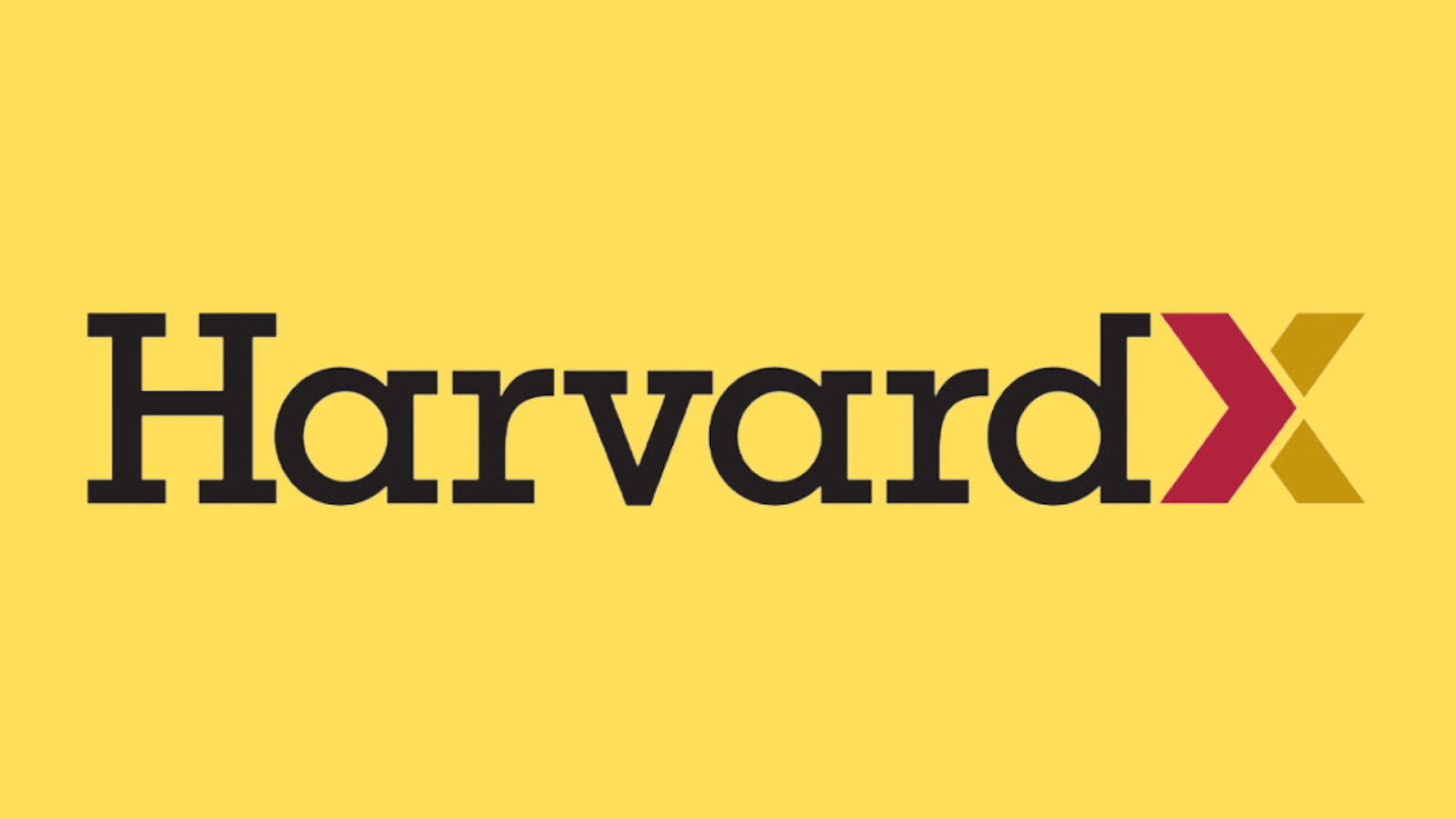
Harvard University: Using Google Sites and Forms for Online Courses
Harvard University has integrated no-code tools like Google Sites and Google Forms into HarvardX, their online learning platform. With Google Sites, professors can create custom course pages that organize content, while Google Forms allows them to build interactive quizzes and assessments.
By using no-code, Harvard can make courses more engaging and flexible. Professors can update materials and add quizzes without needing any technical support, allowing them to adapt to student needs quickly. This real-time responsiveness has improved both student engagement and learning outcomes.

UC Berkeley: Making Course Quizzes Fun with Typeform
In UC Berkeley’s School of Information, professors use Typeform to create interactive quizzes. Instead of standard, static questions, Typeform enables teachers to build quizzes that feel more like interactive activities. Typeform supports a variety of question formats, including multiple choice, short answers, and matching exercises, creating a fun, engaging experience for students.
The interactive format of Typeform has increased student engagement and quiz completion rates. Because Typeform also offers automated grading, professors can save time on administrative tasks, allowing them to focus more on teaching and less on paperwork.
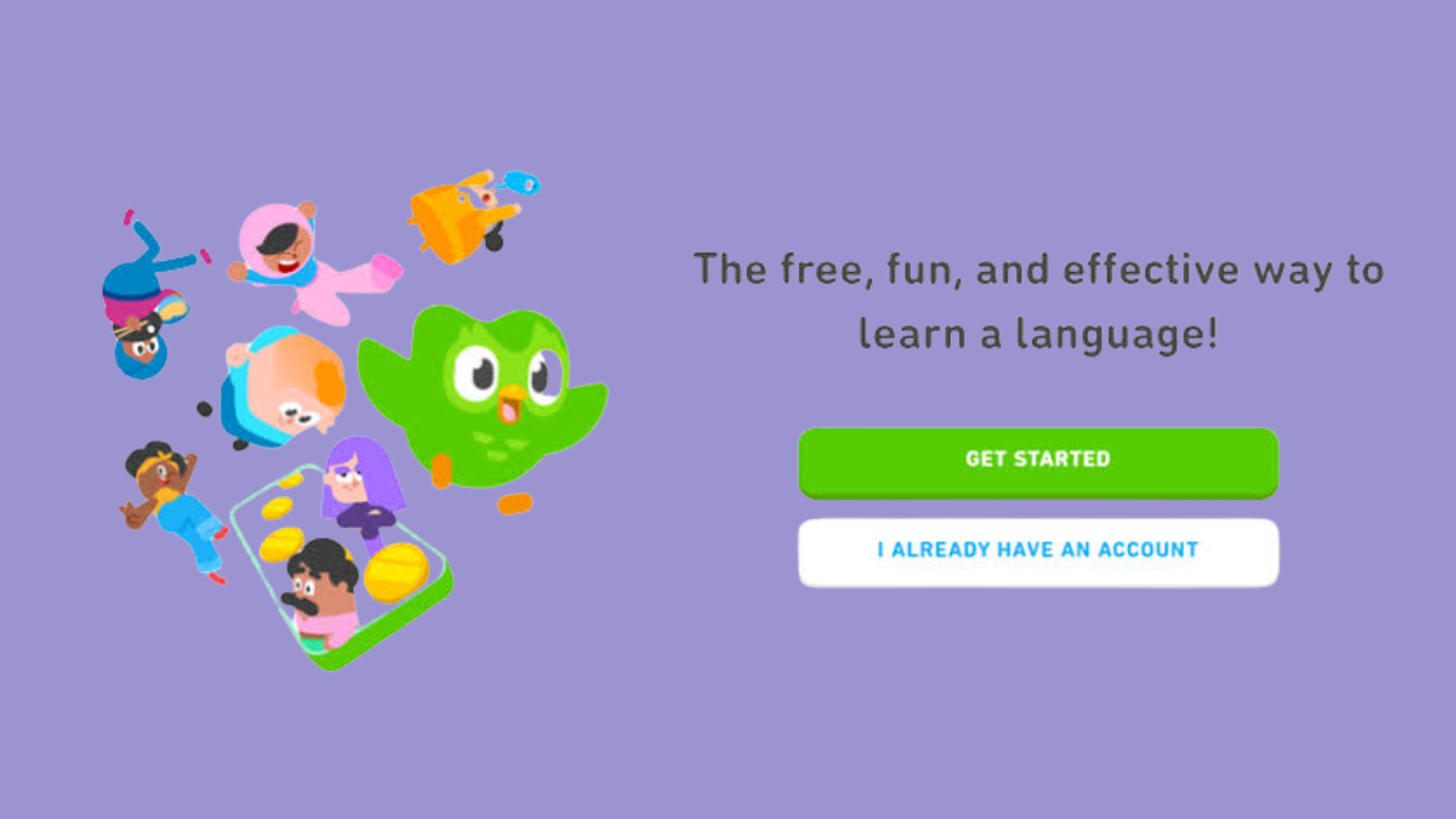
Duolingo: Glide + Zapier for Language Learning
Duolingo, the popular language-learning platform, uses no-code tools like Glide and Zapier to manage internal operations and track student progress. Glide enables the Duolingo team to create dashboards that monitor user metrics, while Zapier automates tasks like sending learning updates and reminders to students. These tools help Duolingo create a personalized learning experience for each student.
By using no-code platforms, Duolingo can deliver a gamified, personalized experience that keeps users engaged. The tools allow the team to manage millions of learners effectively, proving that no-code can be scaled for even the largest educational platforms.
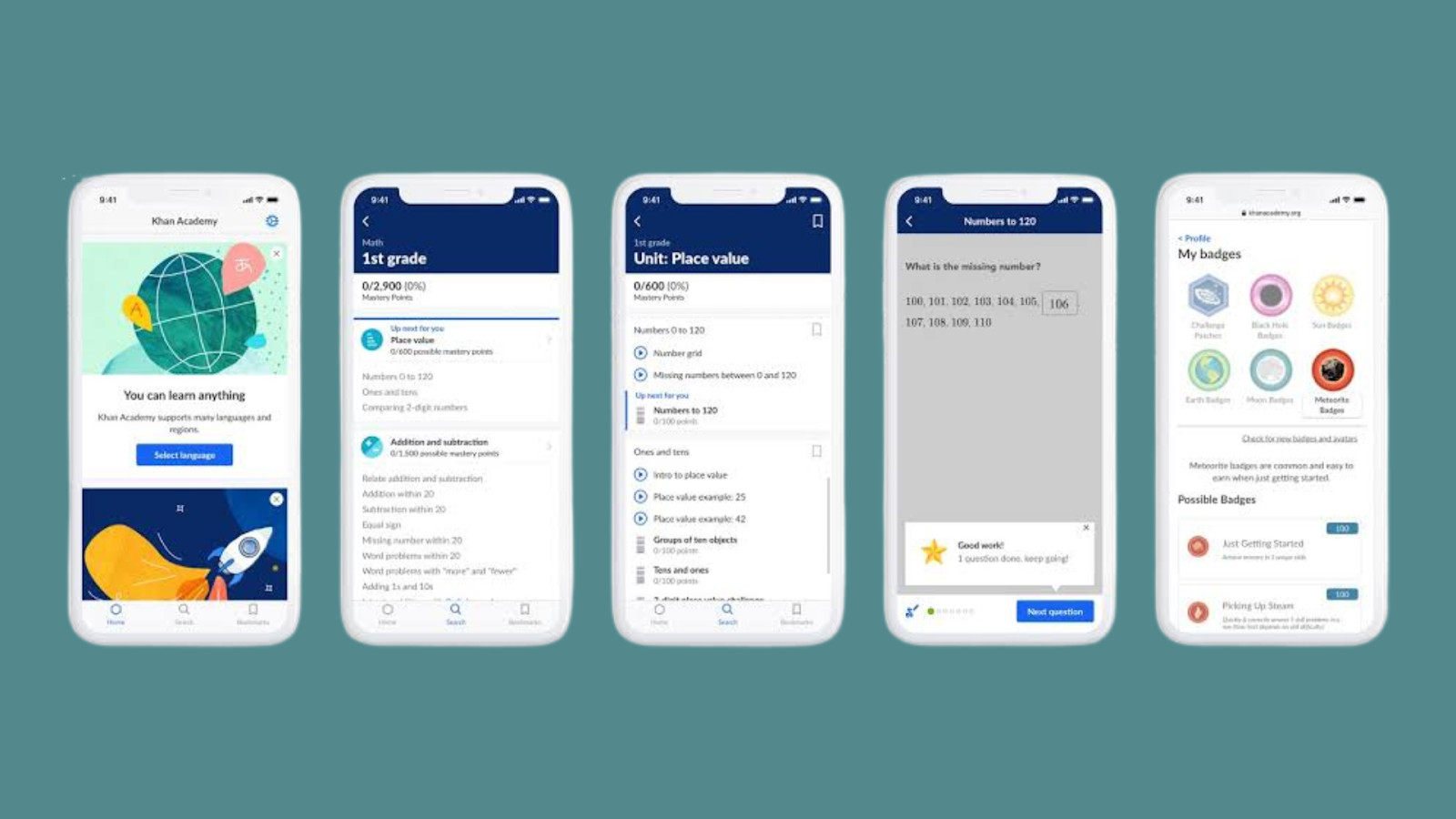
Khan Academy: Creating Gamified Learning Experiences with Bubble.io
Khan Academy has taken student engagement to a new level by using Bubble.io, a no-code platform, to build gamified learning experiences for K-12 students. With Bubble, the team has created interactive games where students solve problems to progress through levels. This gamified approach helps make subjects like math and science more engaging.
The games have increased student engagement by 15%, with students spending more time practicing and reviewing concepts. By making learning feel like play, Khan Academy has found an effective way to keep young learners interested and motivated.
Skillshare: Professional Development Courses on Teachable
Skillshare, a popular online learning platform, uses Teachable, a no-code tool, to host professional development courses. Teachable’s interface allows educators to create, market, and deliver courses without coding. In addition, integrations with Zapier enable course creators to automate tasks, like sending course reminders and tracking student progress.
Teachable has enabled Skillshare educators to launch courses more quickly, leading to a larger course catalog and higher student satisfaction. The no-code approach has empowered educators to create quality courses without technical barriers, helping Skillshare attract a wide range of professionals to its platform.
The Power of No-Code in Collaborative Learning
Collaborative learning is a powerful educational approach that promotes deeper understanding, teamwork, and real-world problem-solving skills. Traditionally, implementing collaborative projects in a digital environment required technical support and programming expertise. However, no-code tools have removed these barriers, enabling educators to create dynamic, interactive projects that foster teamwork and peer learning. Here’s a closer look at how no-code is enhancing collaborative learning and bringing students together in unique ways.

1. Peer-to-Peer Learning Made Simple
No-code platforms enable educators to set up environments where students can interact and learn from each other without needing extensive technical support. With tools like Glide, Bubble.io, and Google Sites, teachers can create virtual spaces for group projects, discussion boards, and peer assessments, all without writing code. These platforms make it easy for students to engage in collaborative learning, allowing them to work together on assignments, exchange ideas, and give feedback on each other’s work.
For example, in a history class, a teacher could use Glide to create a digital timeline project where students work in small groups to research and add events. Each group could add images, descriptions, and key facts, creating a shared resource that all students can explore and learn from. By working together, students develop research and critical thinking skills while also learning how to collaborate effectively—a skill that’s essential for their future careers.

2. Project-Based Learning with Customizable Tools
No-code tools allow educators to design custom projects tailored to the specific needs of their students, fostering a project-based learning environment. With platforms like Airtable and Trello, teachers can create interactive workspaces where students can track progress, set deadlines, and assign tasks within group projects. This approach not only helps students manage their time but also encourages them to work collectively toward a common goal, sharing accountability and responsibility.
For instance, a teacher in a business class might use Airtable to set up a project where groups simulate running a small company. Each group could be responsible for different departments—such as marketing, finance, and product development—and use the platform to coordinate tasks, monitor budgets, and create marketing plans. By using no-code tools, students gain hands-on experience in managing a project, communicating effectively, and making decisions collaboratively.

3. Real-World Simulations for Experiential Learning
No-code platforms provide a unique opportunity for educators to build simulations, allowing students to apply theoretical knowledge to real-world situations. Using tools like Bubble.io and Thunkable, teachers can create simulations where students make decisions, solve problems, and experience the outcomes of their choices. These interactive projects are especially valuable in fields like economics, science, and social studies, where hands-on application enhances understanding.
Consider a biology teacher who wants to create a virtual lab where students can conduct experiments. With Bubble.io, the teacher can build a simulation that allows students to “mix” chemicals, observe reactions, and make predictions about the results. This kind of immersive learning experience deepens understanding by encouraging students to test their knowledge and think critically. It’s a safe and controlled environment where mistakes are part of the learning process, enabling students to experiment and learn through trial and error.
4. Discussion Forums and Collaborative Assessments
Discussion forums and peer assessments are integral parts of collaborative learning. With no-code platforms like Google Forms and Typeform, educators can create structured discussion boards and assessment tools where students can contribute, discuss, and evaluate each other’s work. Teachers can use Google Forms to set up peer review questionnaires or Typeform to create interactive discussion prompts, sparking meaningful conversations and enabling students to learn from diverse perspectives.
In an English class, for instance, a teacher might assign a group reading project where each student is responsible for analyzing a different part of a novel. Using Typeform, the teacher can create prompts that encourage students to share insights, ask questions, and respond to each other’s interpretations. This collaborative approach helps students build communication skills, broaden their understanding of the material, and view topics from multiple angles.
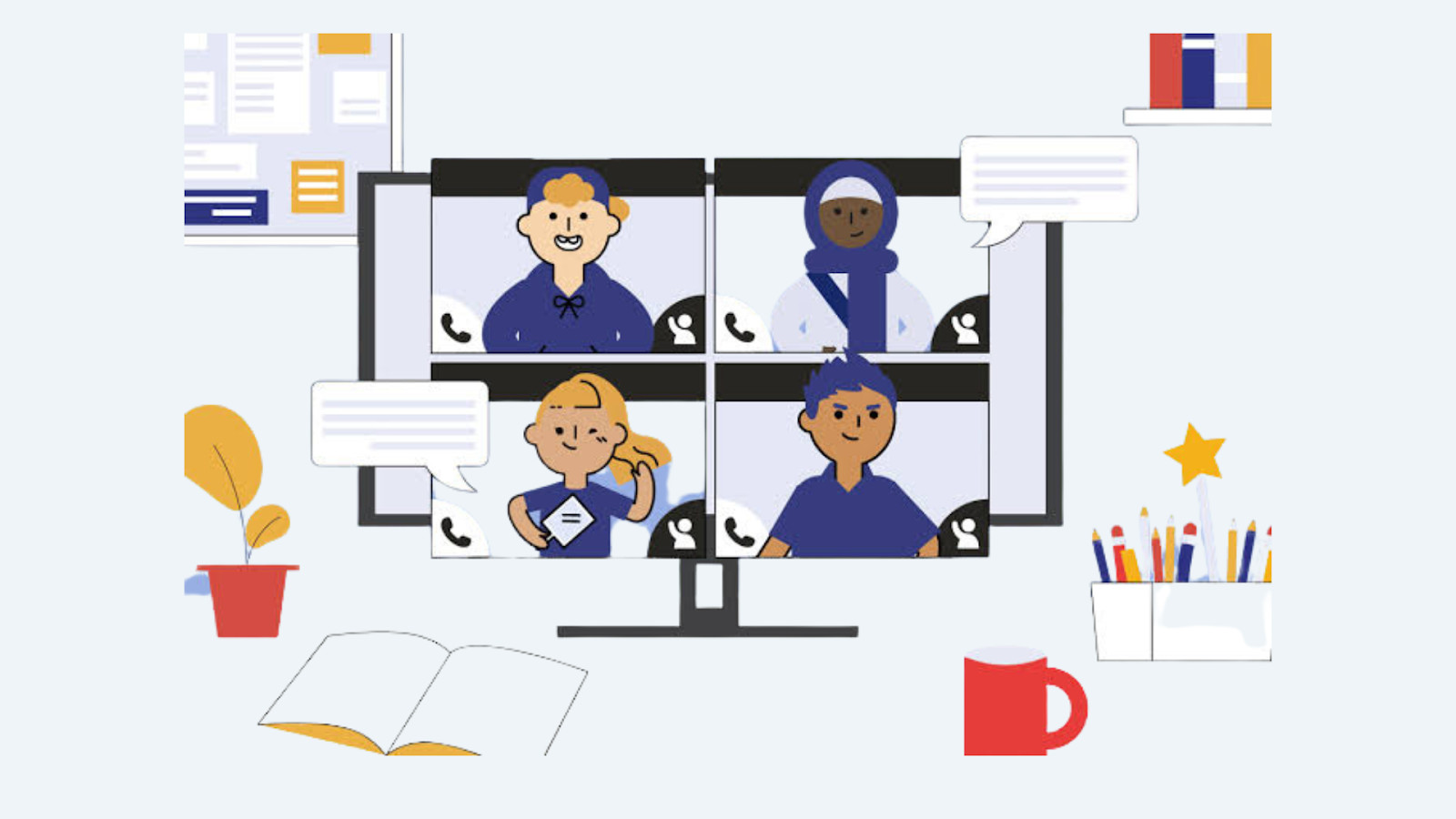
5. Interactive Whiteboards and Virtual Classrooms
No-code platforms are also enabling teachers to create virtual classrooms and interactive whiteboards, bringing a collaborative element to remote or hybrid learning. With tools like Miro and Padlet, educators can create digital spaces where students contribute ideas, brainstorm solutions, and visualize concepts together. These virtual whiteboards allow students to add sticky notes, draw diagrams, and organize ideas collectively, making learning more visual and participative.
For example, in a geography class, students might use Miro to create a collaborative map of a region they’re studying. Each student could add information on specific locations, like climate, population, or historical sites, helping the class build a comprehensive picture of the region. This interactive process not only makes learning more engaging but also encourages students to share their knowledge and learn from one another.
What’s Next for No-Code in Education?
As no-code tools continue to evolve, the future for their use in education looks bright. Here are a few trends to watch for:
AI + No-Code
Imagine combining AI with no-code. AI-driven no-code platforms could analyze student data and adapt content in real time, creating personalized learning paths for each student. For example an AI-powered math app could adjust problem difficulty based on a student’s progress, providing support or challenges as needed.
Expanding Access to EdTech in Underserved Areas
No-code platforms can make educational technology accessible to schools with limited funding. By lowering the cost and technical barriers to digital tools, no-code can help schools worldwide provide innovative, interactive learning experiences.
Scalable Learning Platforms
As online learning becomes more common, no-code tools allow schools and institutions to scale their digital offerings. Teachers can easily add courses, resources, and assessments as student numbers grow, ensuring online learning is sustainable and adaptable.
Conclusion
No-code platforms are transforming education by giving teachers and institutions the power to create custom, engaging learning experiences without technical skills. With no-code, educators can focus on teaching and inspiring students rather than worrying about technology. The flexibility, affordability, and ease of use make no-code tools a valuable asset for schools of all types.
If you’re an educator ready to explore the potential of no-code, now is the time to start. Experiment with the platforms mentioned in this article, and see how easy it is to bring your teaching ideas to life. Whether you’re building quizzes, designing interactive projects, or creating collaborative spaces, no-code tools offer endless possibilities to make learning more dynamic and engaging.
Ready to build your first no-code project? Dive into these tools and unlock the future of education today!
Take your company to the next level and get results with our world class user experience, interface design and implementation.
Get a FREE 30 min Strategy Session

Related posts
The Future of UX Design in 2024
User experience (UX) design is the process of creating products and services that are easy to use and enjoyable for […]
UX Writing: What Is It and Why Does It Matter?
“Easy reading is damn hard writing.” Nathaniel Hawthorne (short story novelist) Hawthorne could not be more accurate. When interacting with […]
Is the Google UX Design Certificate Still Worth It in 2025?
Imagine opening an app or website, only to be instantly frustrated by confusing navigation or slow load times. We’ve all […]
Creative product design that gets results
Take your company to the next level with world class user experience and interface design.
get a free strategy session
